 |

|
|
|
|
|
 |
|
 |
|

|
| Item Name:
|
.Tiger I Early 1314 Fritz Hartel.13th Heavy Company.LSSAH.sPzAbt.502.Operation Citadel,Kursk
|
| Kits |
.Dragon
|
|
Scale: |
.1:35
|
| Builder: | .Furinkazan
| | Item Status: | .Built To Order / Pre-Order
| | 
| Detail features:
Award-winner built and painted with resin Captian add-on and realistic heavy weathering finish. SS-Hauptscharführer Fritz Hartel`s Tiger Early 1314 13th (Heavy) Company. 502nd Heavy Panzer Battalion.s.Pz.Abt 502, 1.SS Pz.Rgt. LSSAH. Battle of Prokhorovka, Kursk 1943. Green ambush camo scheme with accurate decals and unit markings. Top building quality with outstanding details throughout the whole model and very high standard accuracy on every individual part. Add on resin figures. Add on brass photo-etched parts and metal parts. Clear parts and track links. Rotating turret and gun elevation. Add on vehicle tools and more add-on accessories.
Add on Detail Up Set:
* Add on resin Captian figure with a great face and uniform detail
* Add on PE brass parts on deck and engine grill, tie-down and more
* Add on the metal gun shell with metal chain and many accessories
Features:
* Top building quality with great details overall
* Turret configuration reproduced w/detail
* Hull-mounted s-mine launchers
* Stowage bin can be assembled open/closed w/slide-molded rivet detail on all faces of the bin
* Loader`s periscope w/detail
* One-piece molded cupola (w/vision slit)
* Early Tiger I rear panel configuration
* Engine deck design w/detail
* Extreme attention to detail correctly replicates the curved cross-section design of the air-cooling grills
* Detailed injection of on-vehicle tools and brackets
* Extendable jack w/detail
* Finely detailed gun assembly is upgraded
* Mantlet with great detail
* Muzzle brake w/detail
* Accurate bottom hull
* Detachable spare tracks can be hung on the turret sides
* Complete molded frontal MG
* Early tiger mud flaps w/detail
* Rear toolbox
* Driver`s vision port is movable upward/downward
* Escape hatch assembly w/detail
* Early style fiefel air filter canisters
* One-piece DS tracks with great tooth detail
* On-vehicle tools and more
Buffing and polishing to remove mold seam. Base color with primer and putty for better surface detail. Airbrushed and painted with multicolor. Add clear paint for good finishing on decal applying. Washing to enhance the surface detail increase the appearance of depth including panels, doors, hatches, rivets, bolt head and more. Dry brushing to emphasize and highlight texture with edge for good wear, tear and fading. Multi-color filters for blend color effects. Add nonglossy paint for better finishing. The great detail paint job on rust and paint chips off with scratches, worn and bare metal realistic simulating, flow rust and rain streaks effects, grease with staining appearing, engine smoking and muffler burned representing. Also smear and dirt with dust and real mud and more on real-life weathering. Final protective layer for long-term collection.

 |
3598
| | | |

|
 |
 |
| 1
Dream Works Hobby |
 |
| 2
Dream Works Hobby |
 |
| 3
Dream Works Hobby |
 |
| 4
Dream Works Hobby |
 |
| 5
Dream Works Hobby |
 |
| 6
Dream Works Hobby |
 |
| 7
Dream Works Hobby |
 |
| 8
Dream Works Hobby |
 |
| 9
Dream Works Hobby |
 |
| 10
Dream Works Hobby |
 |
| 11
Dream Works Hobby |
 |
| 12
Dream Works Hobby |
 |
| 13
Dream Works Hobby |
 |
| 14
Dream Works Hobby |
 |
| 15
Dream Works Hobby |
 |
| 16
Dream Works Hobby |
 |
| 17
Dream Works Hobby |
 |
| 18
Dream Works Hobby |
 |
| 19
Dream Works Hobby |
 |
| 20
Dream Works Hobby |
 |
| 21
Dream Works Hobby |
 |
| 22
Dream Works Hobby |
 |
| 23
Dream Works Hobby |
 |
| 24
Dream Works Hobby |
 |
| 25
Dream Works Hobby |
 |
| 26
Dream Works Hobby |
 |
| 27
Dream Works Hobby |
 |
| 28
Dream Works Hobby |
 |
| 29
Dream Works Hobby |
 |
| 30
Dream Works Hobby |
 |
| 31
Dream Works Hobby |
 |
| 32
Dream Works Hobby |
 |
| 33
Dream Works Hobby |
 |
| 34
Dream Works Hobby |
 |
| 35
Dream Works Hobby |
 |
| 36
Dream Works Hobby |
 |
| 37
Dream Works Hobby |
 |
| 38
Dream Works Hobby |
 |
| 39
Dream Works Hobby |
 |
| 40
Dream Works Hobby |
|
 |
13th (Heavy) Company
In May 1943 the 4th Company was redesignated as the 13th (Heavy) Company, SS Panzer Regiment Leibstandarte Adolf Hitler, with its strength being raised slightly. The reserve tank that had been present in the previous 4th Company formation was reassigned, and with two further Tigers also being added took the strength of each of the three platoons to five vehicles each.
Along with the two command vehicles and the five Panzer IIIs of the 4th (Light) Platoon, the unit now consisted of seventeen tigers and five Panzer IIIs.
The 13th (Heavy) Company, 1. SS Pz. Rgt. LSSAH as at 05.07.1943
New turret numbers were also assigned in line with the unit designation change; the turret of each vehicle now carried a four-figure number, composed of ’13’ (the Company designation) followed by the platoon and individual vehicle numbers in slightly smaller characters.
The lead vehicle in each of the three Tiger platoons was assigned the number 1, which meant the lead vehicle of the 3rd Platoon – commanded by Michael Wittmann – was assigned the turret number 1331. The Tigers also sported a new two-tone tan and green summer camouflage. The Panzer IIIs of the 4th (Light) Platoon also carried four-figure turret numbers, but with the ’13’ being followed by ’00’ (lead vehicle), ’10’, ’20’, ’30’ and ’40’ respectively.
502nd Heavy Panzer Battalion
The 502nd Heavy Panzer Battalion (German: "schwere Panzerabteilung 502") was a German heavy tank battalion during World War II. The battalion was the first unit to receive and field the Tiger I. It fought on the Eastern front. It was one of the most successful German heavy tank battalions, claiming the destruction of 1,400 tanks and 2,000 guns. Otto Carius, one of the best German tank aces was its member.
Operation Citadel Battle of Kursk
Operation Citadel, the last major German offensive in the East, known as the Battle of Kursk, involved mass use of armor and led to the largest tank battle in history. The battles are well documented, as is the heavy involvement of the Tiger I tank, which played a prominent role in the fighting. Armed with an 88mm high velocity main gun and armor capable of defeating most armor piercing rounds, the Tiger tank was a formidable foe. Cyber-Hobby, alter ego of Dragon models, has now released the Tiger I, early variant, in their value priced Orange Box series, with markings for the German LAH division from operation Citadel. Having recently purchased the Zvezda version of this tank, I happened to be vising a hobby store (MRS Hobby in Sandy, UT) and saw it on the shelf at a great price and made an impulse purchase.
Battle of Prokhorovka
The Battle of Prokhorovka was fought on 12 July 1943[a] near Prokhorovka, 87 kilometres (54 mi) southeast of Kursk in the Soviet Union, during the Second World War. Taking place on the Eastern Front, the engagement was part of the wider Battle of Kursk, and occurred when the 5th Guards Tank Army of the Soviet Red Army attacked the II SS-Panzer Corps of the German Wehrmacht in one of the largest tank battles in military history.
In April 1943, the German leadership began preparing for Operation Citadel, with the objective of enveloping and destroying the Soviet forces in the Kursk salient, by attacking and breaking through the base of the salient from north and south simultaneously. The German offensive was delayed several times due to the vacillation of the leadership and the addition of more forces and new equipment. The Soviet high command, Stavka, had learned of the German intentions, and therefore used the delay to prepare a series of defensive belts along the routes of the planned German offensive. The Soviet leadership also massed several armies deep behind their defences as the Stavka Reserve. This army group, the Steppe Front, was to launch counteroffensives once the German strength had dissipated. The 5th Guards Tank Army was the primary armoured formation of the Steppe Front.
On 5 July 1943 the Wehrmacht launched its offensive. On the northern side of the salient, the German forces bogged down within four days. On the southern side, the German 4th Panzer Army, with Army Detachment Kempf on its eastern flank, attacked the Soviet defences of the Voronezh Front. They made slow but steady progress through the Soviet defensive lines.
After a week of fighting, the Soviets launched their counteroffensives – Operation Kutuzov on the northern side and a coinciding one on the southern side. On the southern side of the salient near Prokhorovka, the 5th Guards Tank Army engaged the II SS-Panzer Corps of the 4th Panzer Army, resulting in a large clash of armoured fighting vehicles. The 5th Guards Tank Army suffered significant losses in the attack, but succeeded in preventing the Wehrmacht from capturing Prokhorovka and breaking through the third defensive belt – the last heavily fortified one. The German high command, unable to accomplish its objective, cancelled Operation Citadel and began redeploying its forces to deal with new pressing developments elsewhere.
The Red Army went on a general offensive, conducting Operation Polkovodets Rumyantsev on the southern side and continuing Operation Kutuzov on the northern side. The Soviet Union thus seized the strategic initiative on the Eastern Front, which it was to hold for the rest of the war.
| |
 |
 |
 |
 |
 |
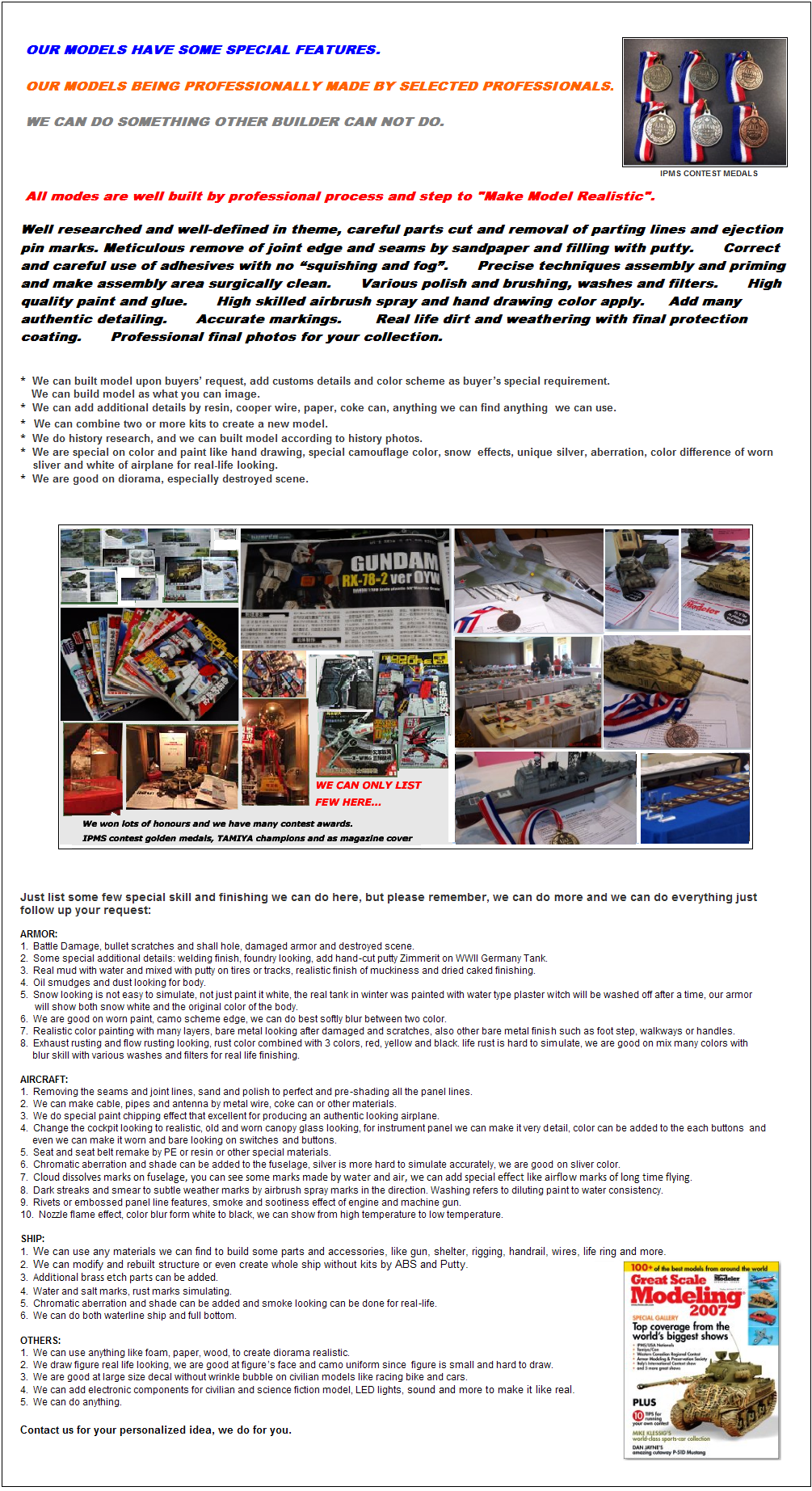
|
 |
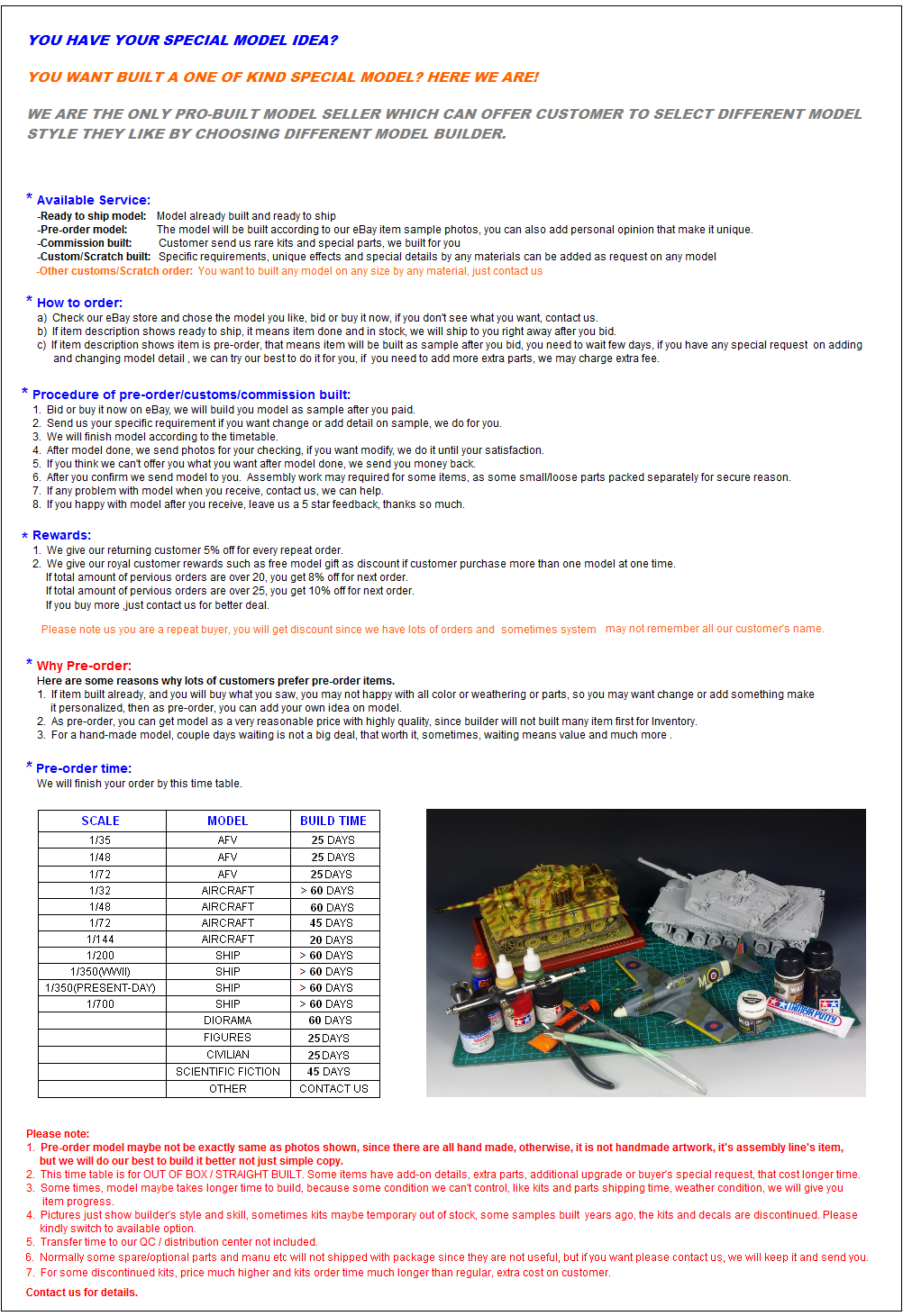 |
 |
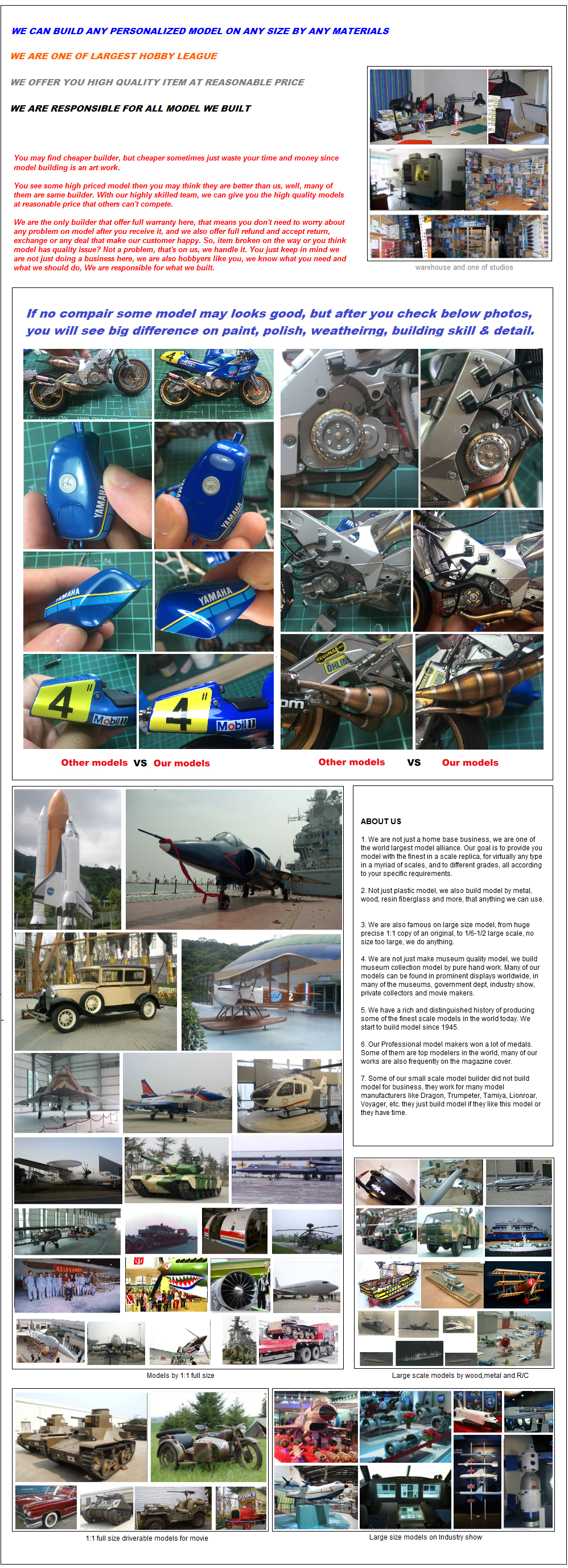 |
 |

|
 |
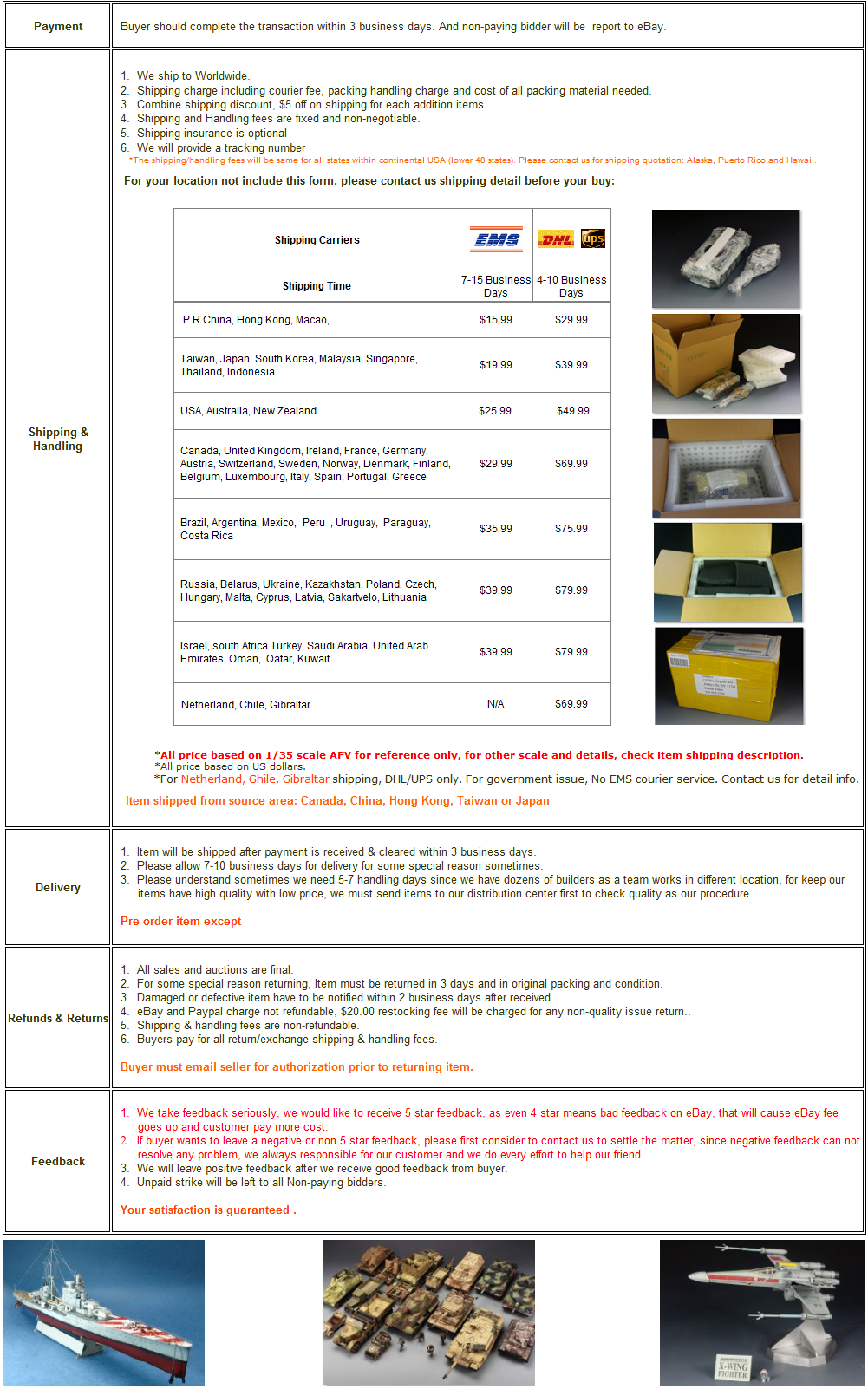
|
 |
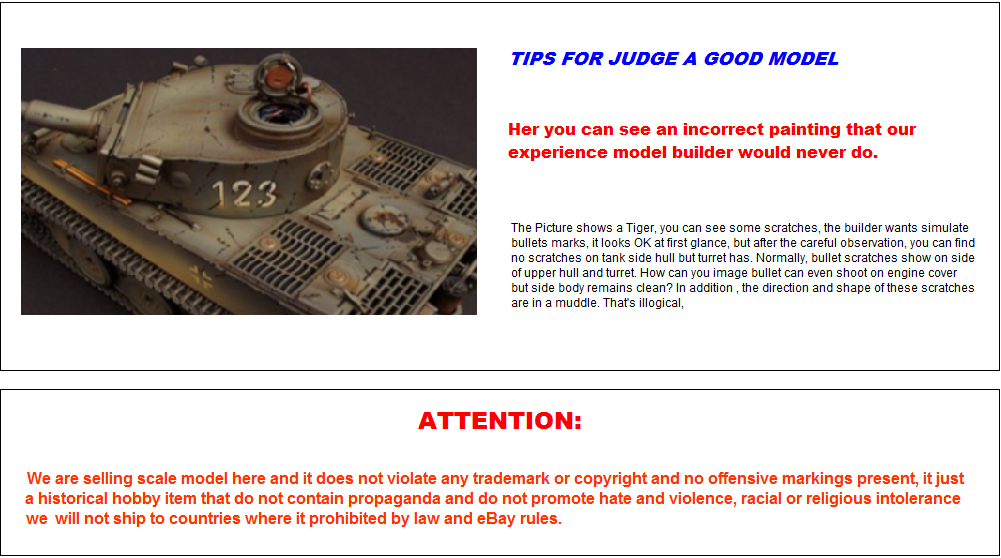
|
 | |